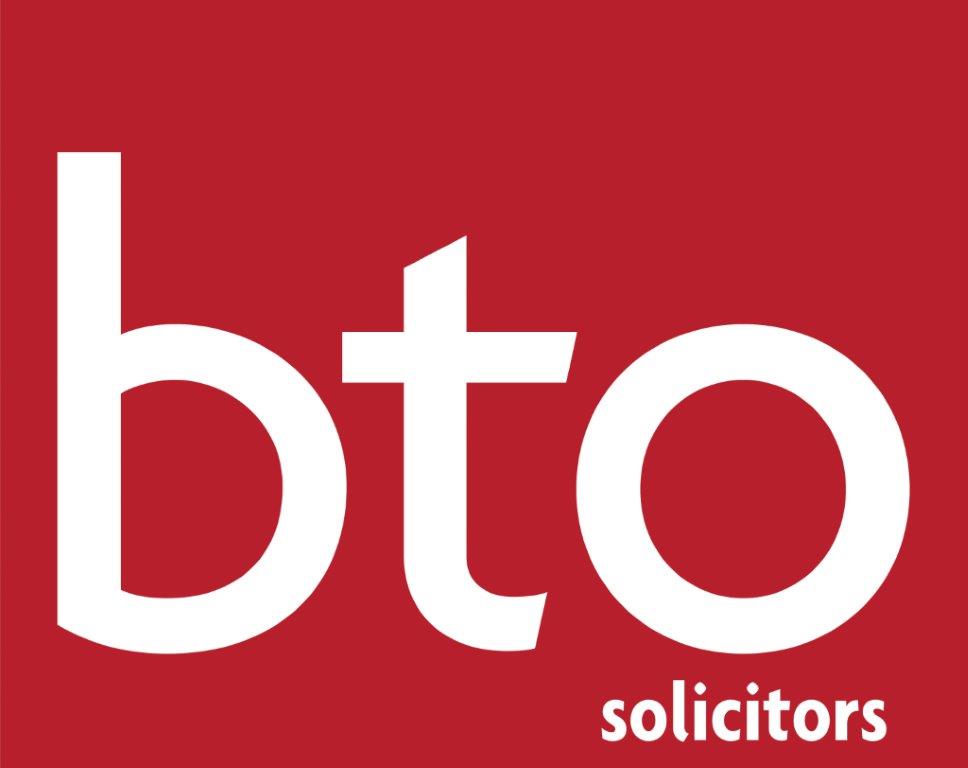Lauren McFarlane: AGA Rangemaster v UK Innovations – trade mark and copyright infringement

Lauren McFarlane
In July 2024, the Intellectual Property Enterprise Court (a division of the High Court of Justice of England and Wales) delivered its judgment in Aga Rangemaster Group v UK Innovations Group Ltd and Michael Patrick McGinley. Lauren McFarlane explains the case.
The case raised interesting questions about the extent to which brands can control the refurbishment and resale of their products as well as how far re-sellers can go before they infringe on the rights of the original brands, with the High Court concluding that absent clear evidence of serious risk to reputation, brands may have limited scope to control what happens to their products once they have been placed on the market.
Equally, though, those in the re-sale/up-cycling industry must approach their marketing strategies carefully in order to prevent consumer confusion - failure to do so may expose them to a trade mark infringement claim.
The facts
The claimant manufactures and sells AGA range cookers, which have been sold in the UK since 1929.
The first defendant was set up in 2020 to launch a product known as the “Stone Cooker”, a range cooker with an electric control system (the “eControl System”) developed by Mr McGinley (the second defendant). The eControl System can however also be fitted to AGA cookers in order to convert them from running on traditional fossil fuels to running on electricity.
Between October 2021 and June 2022, the defendants sold 26 cookers fitted with the eControl System. According to the defendants, these were all AGA cookers that had been obtained from trade suppliers or as trade-ins from customers. They then refitted the AGAs using the eControl System and sold them as refurbished AGAs which looked identical to the original but for the inclusion of a new “eControl System” badge, affixed to the AGA along with the below (trade marked) AGA badge.
Despite accepting that there is a legitimate market for refurbished AGAs, AGA argued that the defendants’ installation of the eControl System went beyond that which was permissible and that the resulting re-fitted AGAs were no longer the original AGA cookers.
As such, AGA argued that in marketing and selling these cookers using the AGA name (and featuring the above logo), the defendants were infringing its trade marks. AGA also argued that the control panels fitted by the defendants in order to implement the eControl System infringed the copyright in its design drawing for the control panel of its own electronically controlled AGA cookers.
The legal arguments
Trade mark infringement
AGA argued that the way in which the defendants had marketed and sold the eControl cookers infringed its registered trade marks because it had involved:
- Use in the course of trade signs identical to the registered marks in relation to identical goods (which is an infringement in terms of Section 10(1) of the Trade Marks Act 1994); and/or
- Use in the course of trade of signs identical or similar to the registered marks in relation to goods which are identical or similar to the goods for which the marks are registered and where there exists a likelihood of confusion on the part of the public (which is an infringement under Section 10(2) of the Act); and/or
- Use in the course of trade, in relation to goods, of a sign which is identical with or similar to the registered marks where those marks have a reputation in the United Kingdom and the use of the sign, being without due cause, takes unfair advantage of, or is detrimental to, the distinctive character or the repute of those marks (which is an infringement in terms of Section 10(3) of the Act).
In response, the defendants argued, broadly, that:
- They had a defence in terms of Section 12 of the Act, which provides that once goods are placed in the market, the trade mark owners’ right to control the secondary sale of the product is exhausted;
- The eControl image was not a “sign”, did not distinguish or indicate the origin of goods, and was not being used in relation to the goods; and
- There was no unfair advantage and therefore no infringement.
The arguments concerning exhaustion of rights were particularly relevant. Under UK trade mark law, trade mark owners have a right to control how their branded goods are initially sold in the UK or the European Economic Area. As above, once they place their goods in the market, then per Section 12 of the Act, the trade mark owners’ right to control the secondary sale of the product is, generally, exhausted.
There is however an exception, applicable only if the trade mark owner can show that there exists a legitimate reason for it to oppose further dealings in the goods. Such reasons can include, for example, where the condition of a product has been changed or impaired after being put on the market, with these arguments tending to arise most frequently in connection with the repackaging of goods or in relation to refillable products (e.g., gas cylinders).
Here, UK Innovations argued that it was free to resell the refitted AGAs because AGA had exhausted its rights to control the way the AGA cookers were sold. In response, AGA argued that it had legitimate reasons to oppose the activities, in particular the fact that the original product had been substantially altered and that the products were marketed and sold using the AGA brand. AGA argued that this presented a real risk to its reputation and also might lead consumers to believe that there was a commercial connection between AGA Rangemaster and UK Innovations. As such, by reason of Section 12(2) of the Act, AGA sought to argue that the exhaustion of rights did not apply.
The court considered whether UK Innovations had gone beyond what was acceptable by changing the condition of the AGA cookers and whether by doing so, they had risked causing serious damage to AGAs reputation. Having considered the evidence, the judge determined that absent evidence of poor workmanship, there was little risk of serious damage to AGAs marks and so there was no legitimate basis to oppose UK Innovation’s activities. In coming to this conclusion, the judge disregarded arguments by AGA to the effect that the parts used by the defendant were of a lesser quality than those which would typically be used by AGA. This suggests that the bar for “serious harm” in the context of Section 12 is high.
Slightly more encouraging for brands was the court’s conclusion that the defendants’ marketing of the refurbished AGAs went too far and were therefore infringing. In particular, the judge stated that the marketing strategy as a whole was “likely to give customers the impression that what they were being offered was an AGA product (an eControl AGA, one of a range of AGA products” and that this was something about which AGA could legitimately object. The practical consequence of this was that AGAs rights had not in this regard exhausted, and that UK Innovations’ marketing strategy infringed AGAs trade marks.
Copyright infringement
The case also raised interesting questions of copyright and the extent to which it crosses-over with design.
AGA sought to argue that the design drawing of their control panel was infringed by UK Innovations’ control panel, on the basis that copyright subsisted in the design drawing as an original artistic work. In its defence, UK Innovations denied that copyright subsisted in the design drawing since the work was entirely dictated by function and was not an expression of the artist’s own intellectual creation.
The judge noted that whilst in principle, copyright subsists in drawings, in this case the content of the drawings was dictated by “technical considerations, rules or other constraints” which left little room for creative freedom. As such, AGAs design drawings lacked the element of intellectual creation (in terms of which the artist requires to make free and creative choices). As such, the judge determined that despite the similarities, copyright did not subsist in the control panel itself (since it was not an artistic work) and therefore the copying of the design drawing by making the control panels was not an infringement.
The upcoming appeal decision in WaterRower (due to be published later this year) should provide further clarity on the interplay between copyright and functional design and is awaited with interest.
The takeaways
The decision is relevant to UK brands and those in the resale market. In particular, it is worth noting that:
- Trade mark rights will likely be exhausted in situations where a re-seller is refurbishing / converting the original product. That means that once a product has been released into the market by the brand, the brand cannot always control what happens next. This is of particular relevance to businesses concerned with up-cycling / reconditioning of products that have already been put out on the market by or with the consent of the trade mark owner.
- Trade mark rights will not necessarily be exhausted when it comes to marketing campaigns and those in the business of re-selling must execute carefully worded marketing campaigns which do not lead consumers to believe that what they are buying is an original product or one that derives from the brand itself. If they fail to do so, they are exposed to a potential trade mark infringement claim and should not assume that they are protected simply by virtue of exhaustion (which will not always apply).
- The position remains that copyright in a design document will not be infringed when a non-artistic article is made to the design. However, and more generally, the position in relation to copyright and designs is subject to change and may depend on the outcome of the much anticipated WaterRower decision.
- Finally, a director of a potentially infringing company would (in line with the recent Supreme Court decision in Lifestyle Equities v Ahmed) be personally liable only if s/he had requisite knowledge of the essential facts necessary to establish trade mark infringement.

Lauren McFarlane is an associate at BTO LLP









